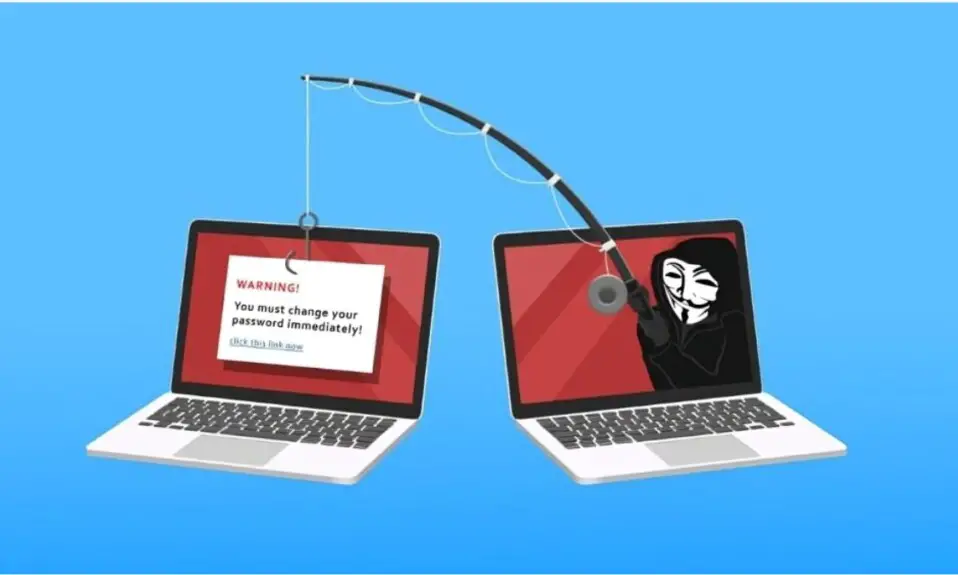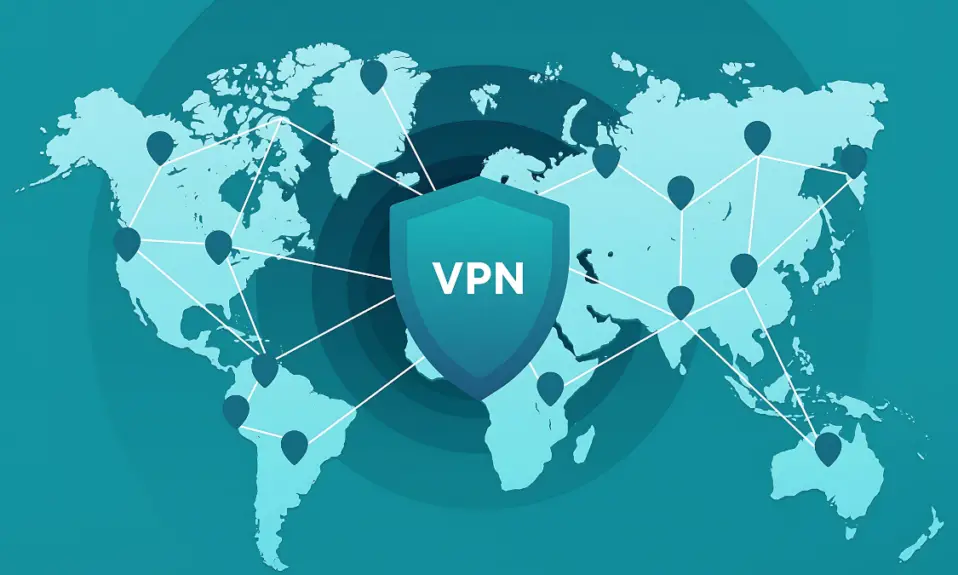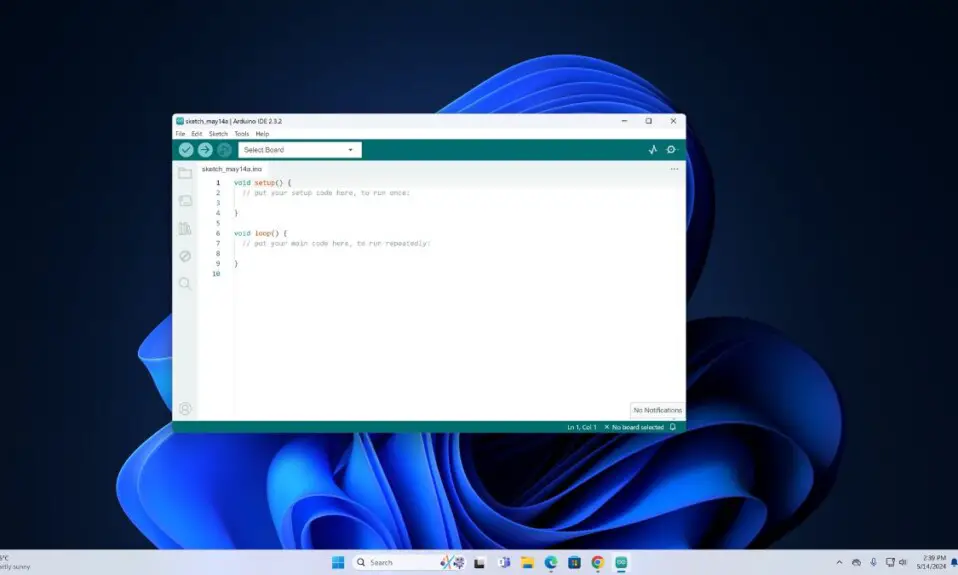
Cybercrime is very common nowadays. It can happen to anyone. Whether you have a website of your own or not, you can be attacked by a hacker. Phishing is one of the most dangerous cyberattacks nowadays. So what is phishing? How to protect yourself from Phishing. Phishing is one of the cybercrimes, a type of social engineering attack on the targets that gets the victim’s confidential information unintentionally.
Easily, the attackers can steal one’s data such as text conversations, social media chats, login credentials, bank information, etc. Stay with this article and you will find yourself if someone is phishing you or not.
Different Ways of Phishing Attacks
Hackers or scammers are getting better and better every year. They found many ways to scam you. We are going to share some of the common ways of attacks.
Let’s find out whether anyone is phishing you already or not.
- E-mail Phishing
- Fraud Calling
- Phishing by Random Links
- By Fake Websites
- Via Texting, Social Messages
There are more ways for phishing including malware attacks, link injections, and fake advertising. But e-mail scamming and fake websites are very common attacks. To protect yourself from online attacks, you can use Malwarebytes. It can also protect you from other forms of cyber attacks.
How Does Phishing Work?
So in the next paragraph, we will discuss a few phishing attacks. Firstly, e-mail phishing is very common and it may have already happened to you. If not then it is better to be alert. So, what is exactly E-mail Phishing?
1. E-mail Phishing
Phishing by E-mail is a social network cyber-attack, by which the scammer steals your confidential data. So, how do they do that? The scammer sends an E-mail to the victims with a trustworthy party. However, because victims trust that e-mail, they are disclosing their private data.
Usually, the scammers ask you for your date of birth, phone number, home address, credit/debit card details, etc. The cybercriminal will target you by sending an e-mail with the subject name like Amazon customer care, approved credit card or loans, Bank/Paypal, or other many trusted popular recognized organizations. Also, they may attach some offer links, e-mail attachment links, or more.
2. Fraud Calling
By fraud Calling, the cybercriminal will call a user by pretending an executive of a very recognized organization such as customer support or a bank manager.
They will ask for the victim’s last order details, and personal details for better service, or they will also trick the target by telling them that his/her credit/debit card will expire soon. To protect that card, they will ask for personal details.
3. Phishing by Random Links
The scammer creates some spoof websites, and banners and injects our social network such as offer banners from Amazon, Walmart, eBay so on, and after a user clicks, they will take the user to their spoof website and force the user to log in there. By logging in, that user has been fooled, and without his/her permission, they will get the victim’s credentials.
4. Fake Websites
This is almost the same previous way of scamming. With this technique, cybercriminals will take users to their websites and trick victims into signing up. Sometimes they send users some social media requests or fake Google Docs links and by signing them up they are phishing one smoothly.
5. Via Texting, Social Messaging
Lots of organizations do text marketing and social media marketing. These criminals find the same way to fool you. What they do is, send a user a text message, offering them great deals and attaching target links with that message.
When that user clicks that link they take that user to their site and get details by filling up details or signing up to take the user’s email ID and passwords. And the same thing happens when someone sends a user message to their social handles, maybe by offering you jobs, deals, and so on.
There are many different kinds of Phishing out there. In some previous paragraphs, we discussed some common ways of phishing. But, we need to know how someone can protect themselves from this.
How to Protect Yourself from Phishing?
Our common mistake is, that we are very generous with unknown links. When links come to us, without a second thought, we click them.
We need to be very aware of these malware links and spread some awareness also. To protect against phishing, we need to know how this happens. And thankfully we discussed it earlier in this article.
Few things that everyone needs to know. So, now these are some things we need to remember. Firstly, one can be tricked very easily by clicking any link, opening email links, downloading an attachment, or redirecting to other websites. When this happens, try to close that window immediately to save our data.
Secondly, this is very important to educate people on cyber attacks. We need to spread awareness of this phishing, change the behavior towards handling social networks, and train people to avoid phishing.
Finally, we have to communicate and monitor our surroundings about this. The best way to protect against it is to do some campaigns where one can teach to identify who can be at risk for cyberattacks and make cybersecurity aware. Once, one recognizes what can be a risk and what if someone tries phishing, then we will successfully protect ourselves from phishing.









